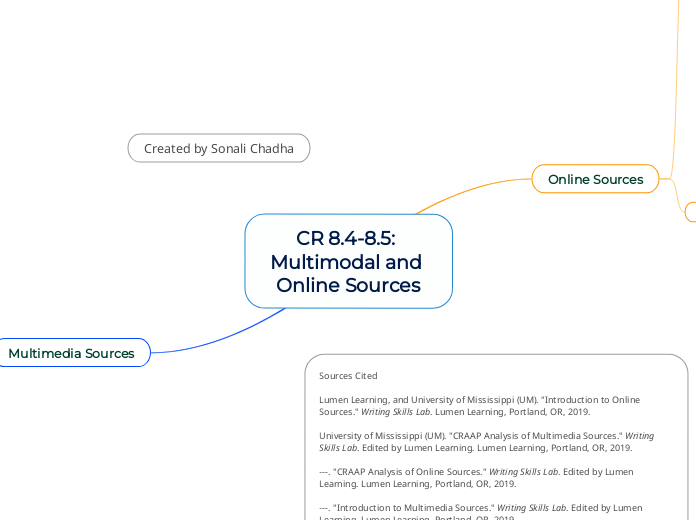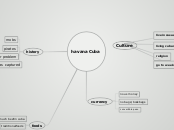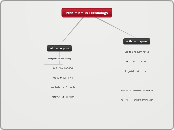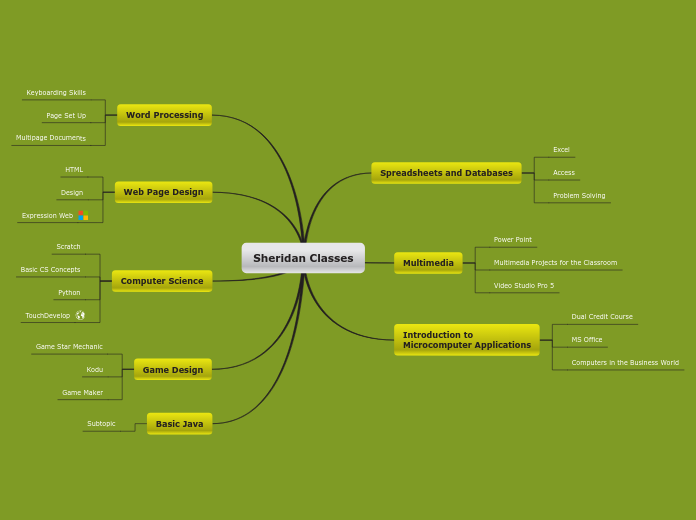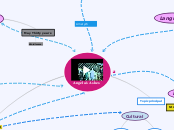door Merlin Reynold Marianandan 2 jaren geleden
150
CR 8.4-8.5: Multimodal and Online Sources
Evaluating online and multimedia sources involves a detailed examination of several key criteria to ensure reliability and credibility. The CRAAP test, which stands for Currency, Relevance, Authority, Accuracy, and Purpose, serves as a guideline for this evaluation.
